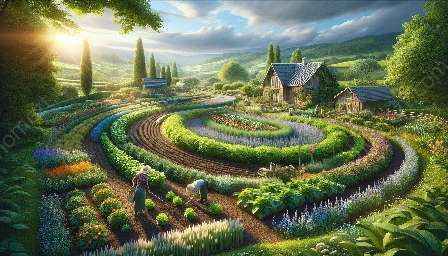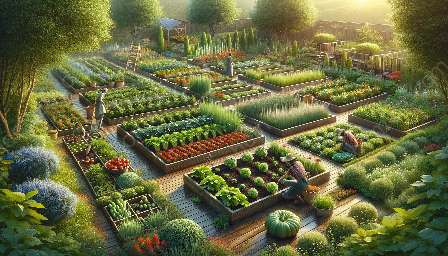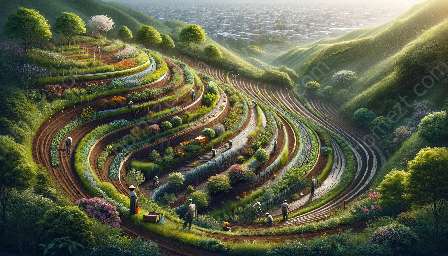Soil erosion control is a vital aspect of maintaining a healthy and productive garden and landscape. The process of soil preparation and its impact on erosion should be carefully considered to create a sustainable and beautiful outdoor space.
Understanding Soil Erosion
Soil erosion is the process by which soil is displaced or moved from one location to another, often due to natural forces such as wind, water, or human activity. It can lead to the loss of valuable topsoil, nutrient depletion, and the degradation of landscapes.
Importance of Soil Preparation
Proper soil preparation is essential for controlling erosion and promoting healthy plant growth. Techniques such as tilling, composting, and adding organic matter can improve soil structure and reduce erosion risk.
Techniques for Soil Erosion Control
1. Vegetative Cover: Planting ground cover, grasses, and trees can help anchor the soil and reduce erosion caused by wind and water.
2. Retaining Walls and Terracing: These structures can effectively control erosion on sloped landscapes by creating terraces that slow down the flow of water and prevent soil displacement.
3. Soil Stabilization: Using soil stabilizers or binders can help prevent erosion by enhancing the structure and strength of the soil.
Best Practices for Gardening and Landscaping
1. Mulching: Applying mulch can protect the soil from erosion, retain moisture, and improve the overall health of the garden or landscape.
2. Stormwater Management: Incorporating features such as rain gardens and permeable paving can help reduce erosion and manage water runoff effectively.
Creating a Sustainable Outdoor Space
By combining effective soil erosion control measures with proper soil preparation and sustainable gardening and landscaping practices, you can create a beautiful and environmentally friendly outdoor space that thrives for years to come.





















